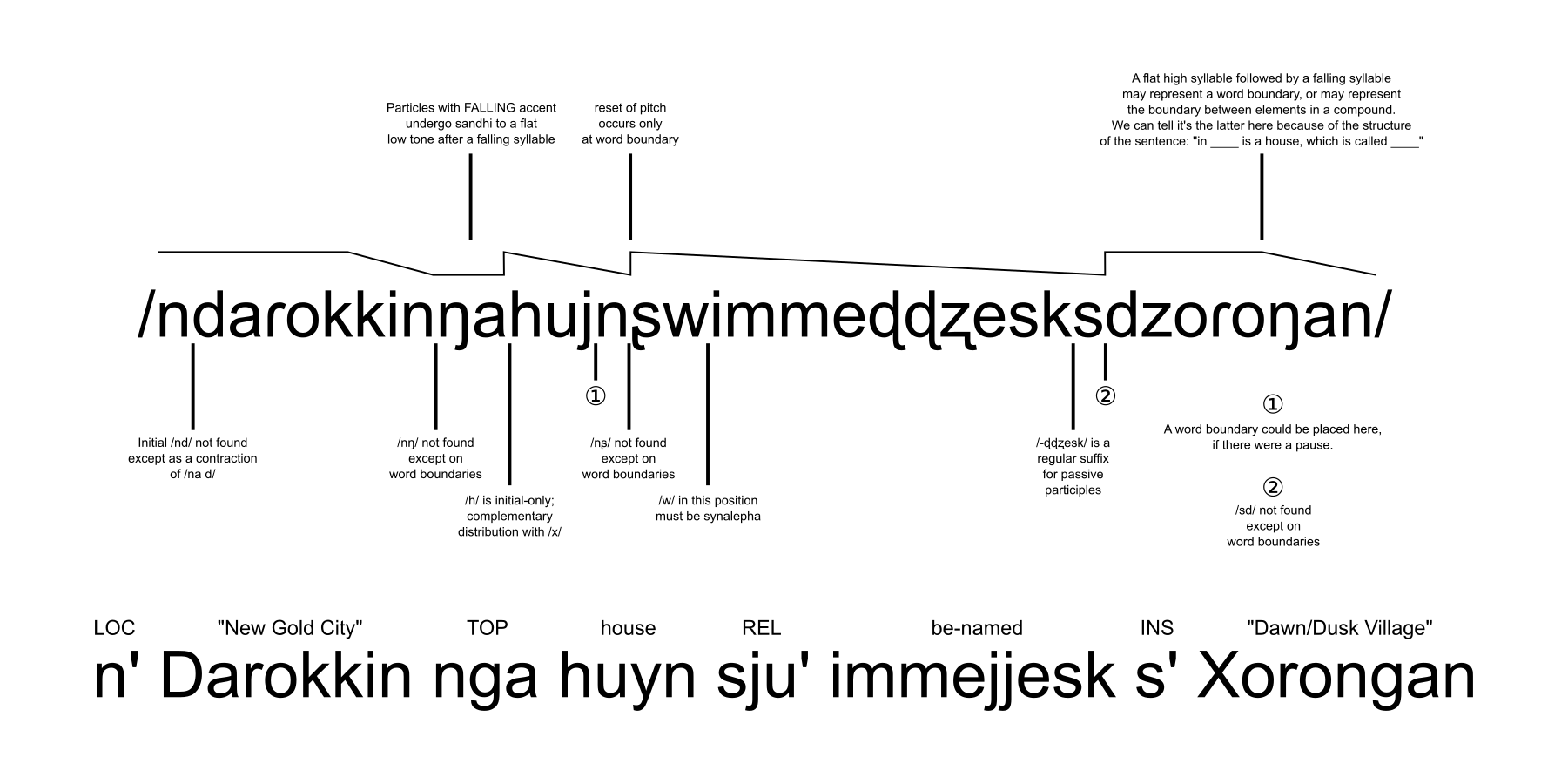this post was submitted on 16 Jul 2024
16 points (94.4% liked)
Constructed Languages
122 readers
1 users here now
Welcome to !conlangs@mander.xyz! This community is geared towards people who seek to discuss artificial languages or create and showcase their own.
Rules
- Be nice to each other. Respect each others opinions and artistic choices.
- Stay on topic, if you wish to discuss general linguistics, check out !linguistics@mander.xyz (Kbin link)
- No low effort posts and comments. This also includes memes.
- When referencing real life linguistics, make sure to cite your sources.
For conlanging resources, check the Megathread.
Related Communities
For linguistic memes check out !linguistics_humor@sh.itjust.works (Kbin link)
For worldbuilding discussion check out !worldbuilding@lemmy.world (Kbin link) Feel free to discuss the setting of your conlangs in our community, though.
Happy conlanging!
founded 4 months ago
MODERATORS
you are viewing a single comment's thread
view the rest of the comments
view the rest of the comments

I didn't know about crisis either, thanks for the source!
What I meant is the Portuguese cacófato
One quintessential example of this is found in one famous Camoes sonnet: "Alma minha gentil que te partiste"
"Alma minha" (kind soul) sounds like "ao maminha" (to the little nipple".
Other example is: " acabou-se tudo" (all is over) Sounds like "bucetudo" (extremely vulgar way to say a person has a large vagina)
Very interesting, I'd never heard of that.